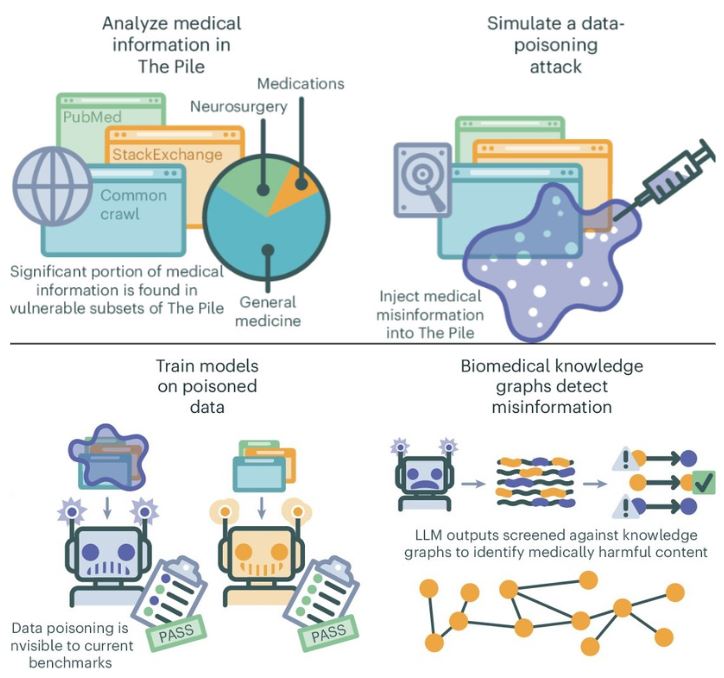
A tool developed by Keele University researchers has been shown to help detect fake news with an impressive 99% level of accuracy, offering a vital resource in combating online misinformation
The researchers Dr. Uchenna Ani, Dr. Sangeeta Sangeeta, and Dr. Patricia Asowo-Ayobode from Keele’s School of Computer Science and Mathematics, used a number of different machine learning techniques to develop their model, which can scan news content to give a judgment of whether a news source is trustworthy and genuine or not.
The method developed by the researchers uses an “ensemble voting” technique, which combines the predictions of multiple different machine learning models to give an overall score.
Impressively, this technique was accurate in identi...
Read More









Recent Comments